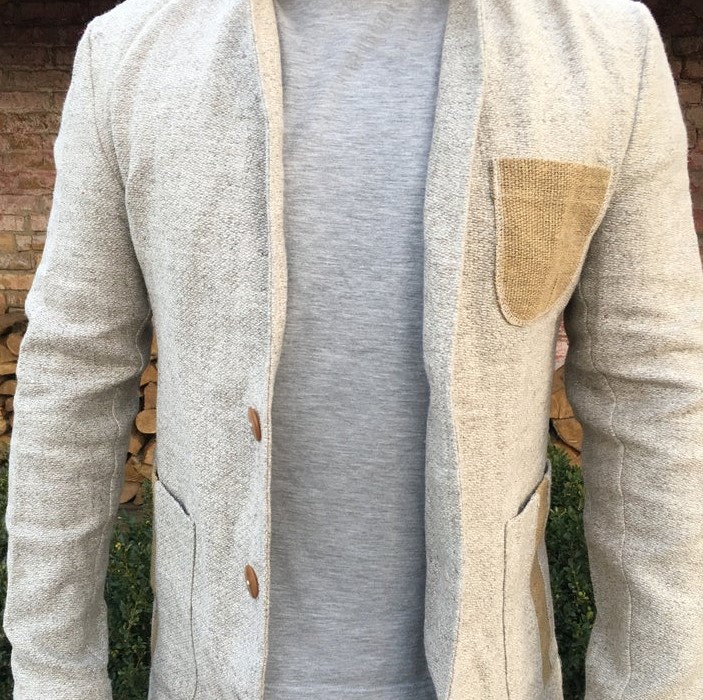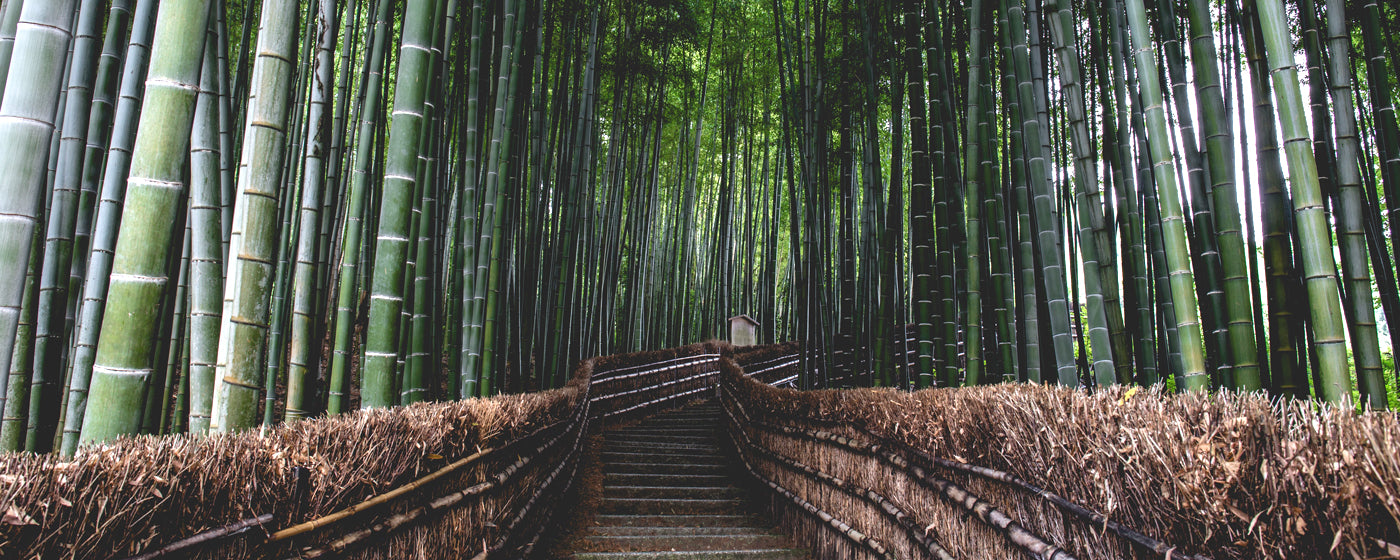Recommended News On Choosing Bamboo Clothes
Wiki Article
Why Is Hemp So Much Stronger, More Biodegradable And Regenerative Compared To Cotton?
Hemp is believed to be more biodegradable because of its inherent properties and the way hemp grows. Here's why- Biodegradability-
Natural Fiber- Hemp fibers are the plant which is biodegradable. Clothing and textiles made from hemp are broken down with time. The waste is returned to the earth without any permanent consequences. It is a striking contrast to synthetic fibers like polyester that can take a number of years to decompose.
Hemp textiles are not likely to contain chemical treatments or synthetic additives that could hinder biodegradability. However, certain cotton textiles are treated with synthetic chemicals, like certain finishes or dyes, which could hinder the process of biodegradation.
Durability-
Hemp is well-known for its strength and durability. Hemp fabrics, clothing and other products are more durable than cotton. The long-lasting nature of hemp clothing indicates that it will withstand many washings and wear cycles before deterioration occurs.
Hemp fabrics are less susceptible to pilling, which is the formation of tiny fuzzy balls at the fabric's surface. This is a characteristic that enhances their overall quality and longevity.
Regenerative Agriculture-
Soil Health- Hemp cultivation has regenerative properties when it is done responsibly. Hemp has a deep root system which helps to stop soil erosion and compaction and can also enhance soil health by opening up the soil and enhancing microbial activity. This regenerative ingredient helps keep the soil more suited for future crop production.
Low environmental impact Sustainable hemp farming methods employ a minimal use of herbicides and pesticides, which reduces the harm to the environment. Contrary to traditional cotton farming, the use of synthetic chemicals can cause soil degradation and pollution of water.
Water Efficiency-
Hemp generally requires less cotton to grow. Its drought-resistant qualities allow it to thrive under conditions with minimal rain or irrigation. This makes it more efficient with water, particularly in regions where water resources are in short supply.
Crop Rotation- Hemp is a good choice to incorporate into systems of crop rotation that improve overall soil health and lower the risk of soil depletion and disease buildup. In the cotton industry, the practice of rotating crops is less widespread.
Hemp's versatility lets it be utilized in a variety of applications including textiles, clothing paper, and other building materials. Hemp is grown in numerous ways that include sustainable and regenerative.
It's crucial to understand that hemp is a great product, however it could be a waste of resources, depending on your processing and farming methods. It is best to choose hemp products made with eco-friendly and ethical methods. This will maximize the benefits for the environment. Similarly, selecting organic cotton products can reduce certain environmental problems associated with conventional cotton production. Read the best hemp clothes for more info including hemp and cotton fabric, hemp shorts patagonia, 100 hemp clothing, hemp tees, hemp trousers, patagonia hemp overalls, patagonia iron forge jacket, hemp t shirt mens, hemp tees wholesale, hemp jacket and more.

What Is It That Gives Hemp Fibers Breathable, Moisture-Wicking And Thermoregulatory Properties?
Hemp has distinct structural and chemcial characteristics that give it breathable, moist-wicking, thermoregulating, and wicking capabilities. These properties are the result of the following factors- Microscopic Structure- Hemp fibers are hollow and porous structure that allows air to circulate through the fibers. Natural porosity is what makes hemp fabrics very air-tight. The structure is weaved into fabrics so that air can flow through. This allows for ventilation and prevents heat and moisture from being absorbed by the skin.
Hemp fibers are able to absorb water as well as wick away moisture. When you wear hemp clothes, these fibers can take sweat and moisture off your skin, thus reducing the feeling of being wet. The hemp fibers also help to wick moisture away from your body by spreading the moisture across an extensive surface that allows it to evaporate faster. The ability to wick moisture keeps your body dry and comfortable throughout sports or in hot temperatures.
Hemp fibers can regulate the temperature naturally. They can trap the body's heat in cold weather, providing warmth. When it is hot, they allow moisture and heat to out. This allows for cooling of the body. The inherent thermoregulatory properties of hemp clothing make hemp clothing ideal for all temperatures.
Hemp fibers have antimicrobial properties, and are able to stop the growth of bacteria that produce stinks. This property contributes to the freshness and quality of hemp clothing, even when worn during physical activity.
Hemp fibers are robust and durable So hemp clothing won't be able to breathe. This durability extends the lifespan of hemp clothes, decreasing the need for replacements and in turn, reduces the environmental impact.
UV Protection- Hemp fibres offer a natural UV protection that shields your skin from harmful UV radiation. Hemp clothing is flexible because of its UV-blocking qualities. It's perfect for outdoor activities.
These qualities are inherent to hemp fibers and don't require chemical treatments or additions. Hemp's natural properties create a sustainable and comfortable fabric, especially for activewear, outdoor clothes and warm weather clothing. Additionally, these qualities are preserved even as hemp fibers are processed and woven into fabrics which makes them highly desirable for environmentally friendly and functional clothing. Follow the top rated hemp clothes for website recommendations including hemp tee shirts, hemp apparel wholesale, hemp pants womens, hemp long sleeve shirt, patagonia hemp pants, patagonia hemp shorts, hemp sweater, 100 hemp t shirt, hemp bathing suit, jungmaven t shirt and more.

What are the main differences between bamboo and hemp fibers?
The two plant-based fibers hemp and Bamboo are used in textile manufacturing Each has its own characteristics and properties. Here are a few of the most significant distinctions between bamboo fiber and hemp fibre- 1. Plant Source-
Hemp Fibers- Hemp fibers can be derived from hemp stalks, most specifically the outer bast. Hemp is a plethora of and fast-growing plant, has been used in many ways for centuries.
Bamboo fibers are made of bamboo pulp. Bamboo is an extremely rapid-growing grass, renowned for its strength and speed of renewal.
2. Fiber Characteristics
Hemp The fibers of hemp are highly durable and strong. They are a natural fiber that become softer and softer after washing, making them perfect for the production of durable textiles.
Bamboo fibers can be silky and soft. They're not as durable as hemp fibers and can be more delicate, however they are prized for their comfort against the skin.
3. Texture & Feel
Hemp- Hemp has a slightly rough texture, particularly when it is in its natural state. It is very cozy, but it has quite different from bamboo.
Bamboo is soft and silky smooth. It is frequently described by those who wear it as a mixture of cotton and silk.
4. Breathability is important and so is moisture-wicking.
Hemp- Hemp fibres are naturally air-tight, wicking moisture and permit air circulation. They absorb moisture and enable air circulation. They are able to keep your body dry and cool in hot temperatures.
Bamboo fibers are also extremely breathable. They can wick moisture away. They are equipped with micro-gaps, which increase their capability to regulate moisture and temperature.
5. Environmental Impact-
Hemp Hemp can be regarded as an environmentally friendly fiber due to of its high growth rate, low water needs, and resistance to insects. These factors help reduce the need for herbicides or pesticides. Hemp can also absorb carbon dioxide from the atmosphere during its growth.
Bamboo is renowned for being sustainable. It is very durable, is fast growing and needs very little water. Moso is one of the most sustainable bamboo species.
6. Processing-
Hemp Fibers- Hemp fibers undergo a lot of processing that is required to separate out the outer bast from the wood core. Processing can involve Retting (decortication), mechanical separation or retting.
Bamboo- Bamboo Fibers are obtained via a chemcial process called the viscose/rayon process. It uses chemical substances to degrade the bamboo fiber. This process can be harmful to the environment if it is not handled responsibly. However, certain bamboo textiles use closed loop systems that reduce chemical waste.
7. Versatility-
Hemp- Hemp is versatile It has many uses, such as clothing, building materials and textiles.
Bamboo Fibers The bamboo fibers are used for clothing, textiles and other products.
Both bamboo and hemp have unique properties and offer the benefits of sustainability. Pick between bamboo and hemp depending on the quality and properties that you're looking for as well as your preferences regarding the environment. Have a look at the top rated over here on bamboo clothes for site info including short bamboo, bamboo clothing underwear, bamboo sports clothing, bamboo maternity, bamboo onesies, bamboo twirl dress, bamboo apparel wholesale, cotton bamboo pajamas, bamboo twirl dress, bamboo t shirts mens and more.
